Archives
- 2025-12
- 2025-11
- 2025-10
- 2025-09
- 2025-03
- 2025-02
- 2025-01
- 2024-12
- 2024-11
- 2024-10
- 2024-09
- 2024-08
- 2024-07
- 2024-06
- 2024-05
- 2024-04
- 2024-03
- 2024-02
- 2024-01
- 2023-12
- 2023-11
- 2023-10
- 2023-09
- 2023-08
- 2023-07
- 2023-06
- 2023-05
- 2023-04
- 2023-03
- 2023-02
- 2023-01
- 2022-12
- 2022-11
- 2022-10
- 2022-09
- 2022-08
- 2022-07
- 2022-06
- 2022-05
- 2022-04
- 2022-03
- 2022-02
- 2022-01
- 2021-12
- 2021-11
- 2021-10
- 2021-09
- 2021-08
- 2021-07
- 2021-06
- 2021-05
- 2021-04
- 2021-03
- 2021-02
- 2021-01
- 2020-12
- 2020-11
- 2020-10
- 2020-09
- 2020-08
- 2020-07
- 2020-06
- 2020-05
- 2020-04
- 2020-03
- 2020-02
- 2020-01
- 2019-12
- 2019-11
- 2019-10
- 2019-09
- 2019-08
- 2019-07
- 2019-06
- 2018-07
-
Neovascularization upon IMQ treatment was observed to differ
2021-11-17
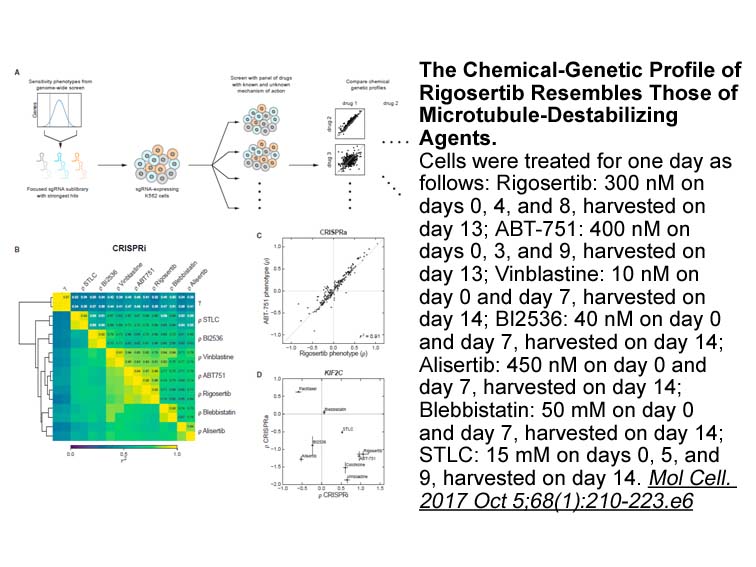
Neovascularization upon IMQ treatment was observed to different degrees in WT and GAL3-KO mice, whereas the increase in vascular endothelial growth factor mRNA levels was genotype independent. Because we observed lower levels of the cytokines IL-17A, IL-22, IL-23, and TNF-α in IMQ-treated skin of GA
-
FXR agonists represent an attractive class of
2021-11-17
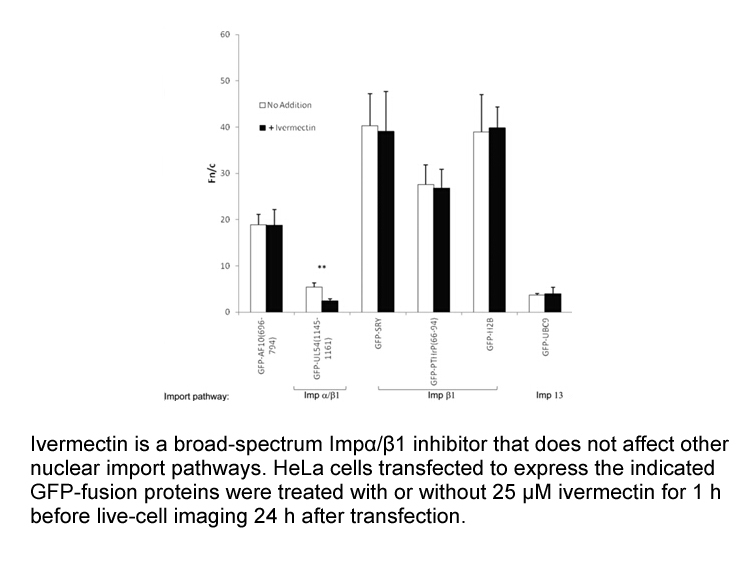
FXR agonists represent an attractive class of drugs for patients with PFIC. Synthetic and semi-synthetic FXR agonists, with higher affinity and potency to activate FXR, have been successfully tested in animal models of cholestasis. In these murine models, the semi-synthetic steroidal FXR ligand obet
-
This excellent tolerability is especially interesting in the
2021-11-17

This excellent tolerability is especially interesting in the light of the fact that intravenous administration of liposomal ponatinib was predicted to yield much higher plasma concentrations as compared to the orally administered free drug. In addition, liposomal drug dose in absolute numbers was te
-
PKC does not however directly stimulate secretion by initiat
2021-11-17
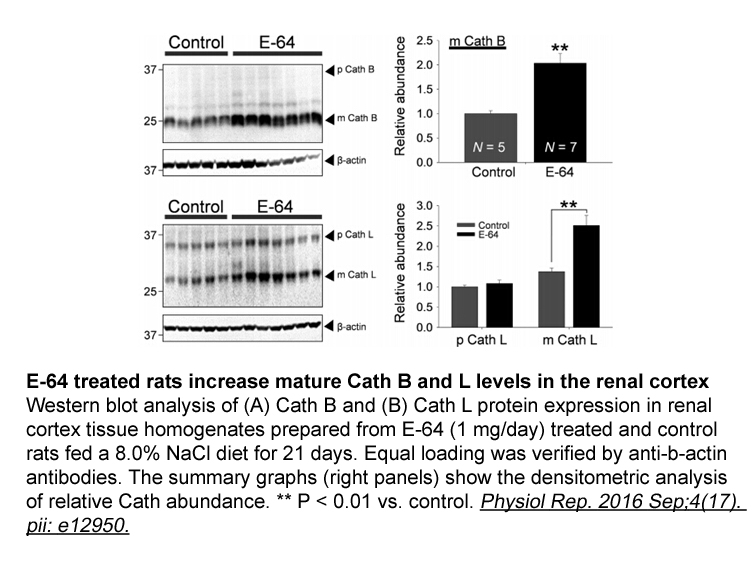
PKC does not, however, directly stimulate secretion by initiating calcium influx into the cell [51]. Work from multiple groups measuring calcium currents has shown that PMA alone or coupled with glucose does not modulate intracellular calcium influx [34], [51], [52], [53]. Instead of contributing to
-
br Formation of secretory vesicles and trafficking
2021-11-17
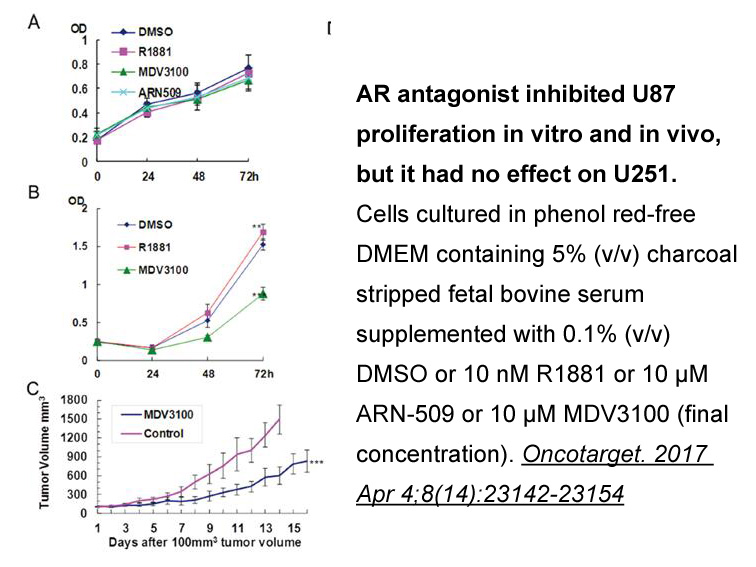
Formation of secretory vesicles and trafficking toward plasma membrane Insulin and other components of the secretory granules are sorting and providing certain cues for Safingol off the adjacent TGN membrane, forming immature secretory clathrin coated vesicles (Gehart and Ricci, 2013). Bin/Amphip
-
The differential tissue and ligand dependent signaling descr
2021-11-16
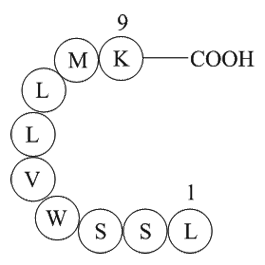
The differential tissue- and ligand-dependent signaling described here has important implications for the therapeutic potential of synthetic GPR109A agonists for the treatment of atherosclerosis. The failure of MK-0354, a biased, partial GPR109A agonist, to activate signaling pathways upstream of va
-
To maintain low Glu concentrations in the synaptic
2021-11-16
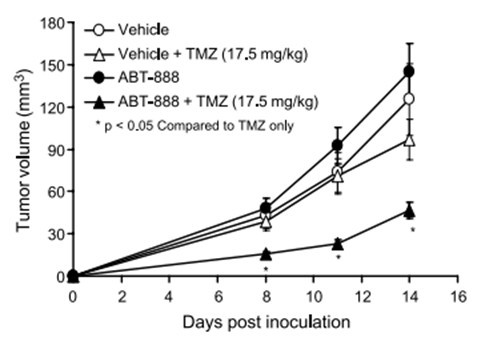
To maintain low Glu concentrations in the synaptic cleft below the affinity of its receptors, this amino Quinupristin-Dalfopristin Complex mesylate is rapidly removed from the extracellular space by a family of sodium-dependent high-affinity transport systems located mainly in the plasma membrane o
-
The importance of T currents in the control
2021-11-16
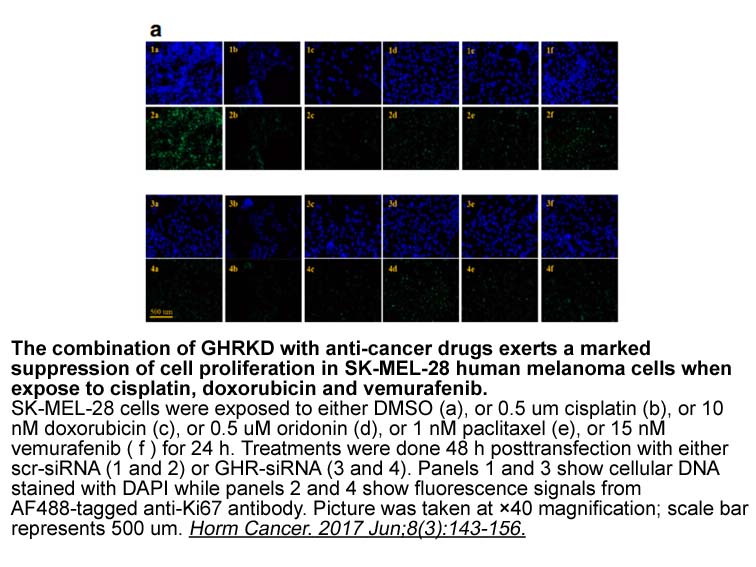
The importance of T-currents in the control of thalamic GABA synaptic function is also demonstrated by the presence of T-channel-dependent long-term synaptic plasticity, either potentiation (LTP) or depression (LTD). Indeed, in the associative posterior thalamic medial nucleus, an LTP of the GABAerg
-
Acknowledgments This work was supported
2021-11-16
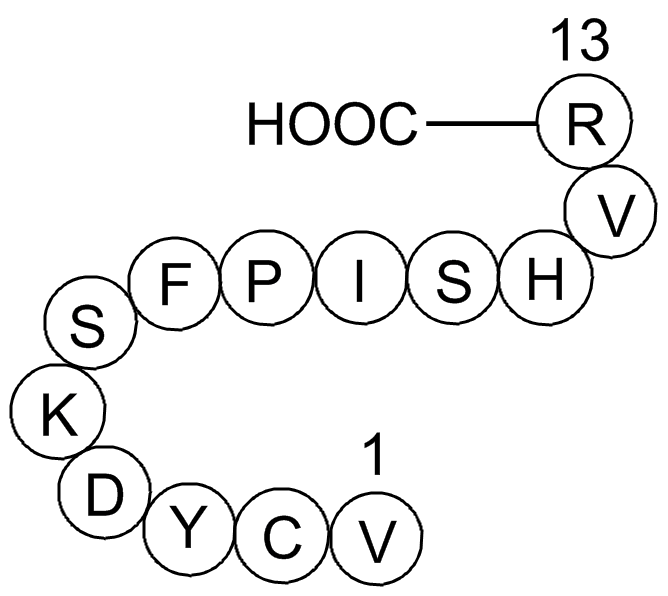
Acknowledgments This work was supported by the Natural Science Foundation of China (Nos. 21602254, 81603194), the Natural Science Foundation of Jiangsu province, China (BK20160767) and National Found for Fostering Talents of Basic Science (NFFTBS, J1310032). Introduction Glucocorticoids (GC) pl
-
OCA has recently been approved for the treatment of
2021-11-16
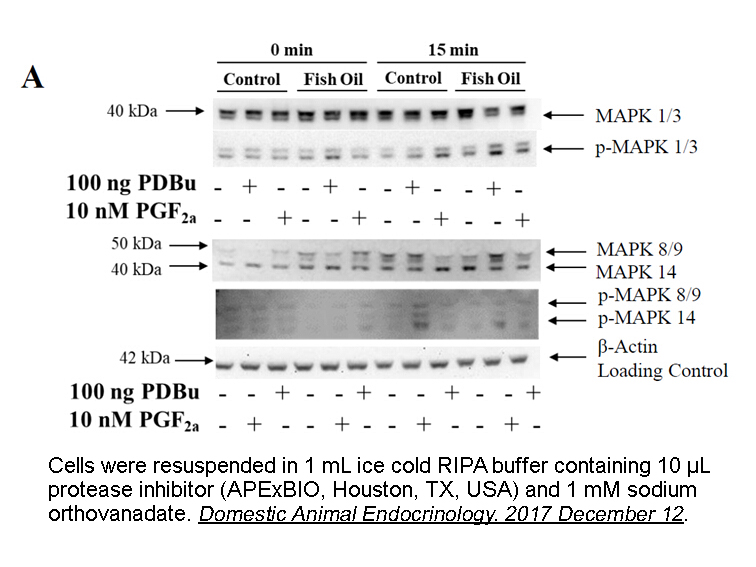
OCA has recently been approved for the treatment of patients with PBC and is under study for diseases such as NASH, PSC and biliary atresia [30], [49]. Up to now, the beneficial effects of OCA have been related to its anti-cholestatic, anti-inflammatory and anti-fibrotic properties. We have here rep
-
Nucleozin sale A large body of evidence supports
2021-11-16
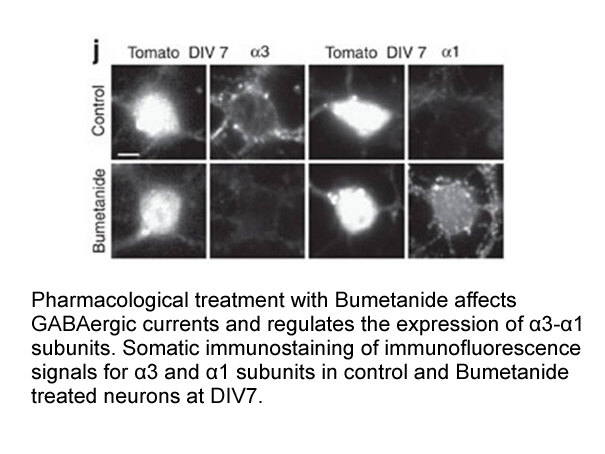
A large body of evidence supports a contribution of the endocannabinoid (eCB) system in the regulation of stress and emotional behavior (Gorzalka and Hill, 2011, Hill and Patel, 2013, Morena et al., 2016). General findings from this work indicate that eCB anandamide signaling is critical for bufferi
-
This study appears to provide an additional example albeit
2021-11-16
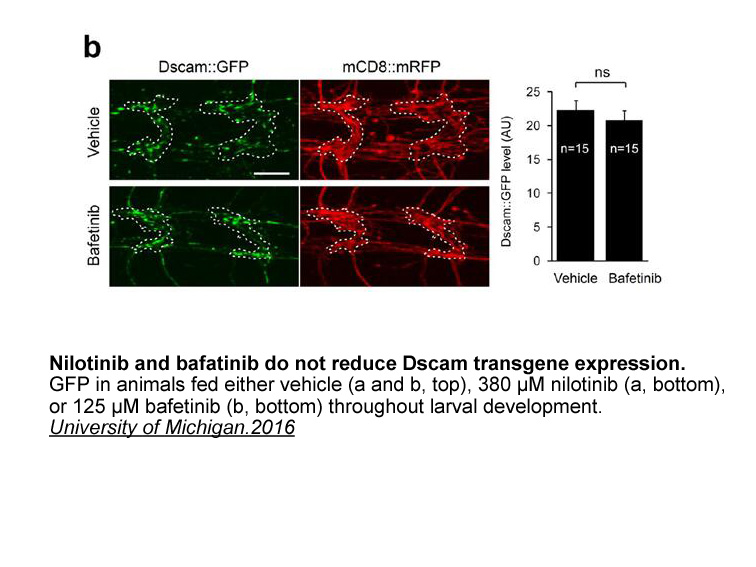
This study appears to provide an additional example, albeit an unanticipated one, of the importance of renal ETB receptor function in the normal control of blood pressure and salt and water homeostasis. ETB receptor-deficient rats, collecting duct-specific ETB receptor knockout mice, and rats chroni
-
Given the major differences between the molecular regulation
2021-11-16
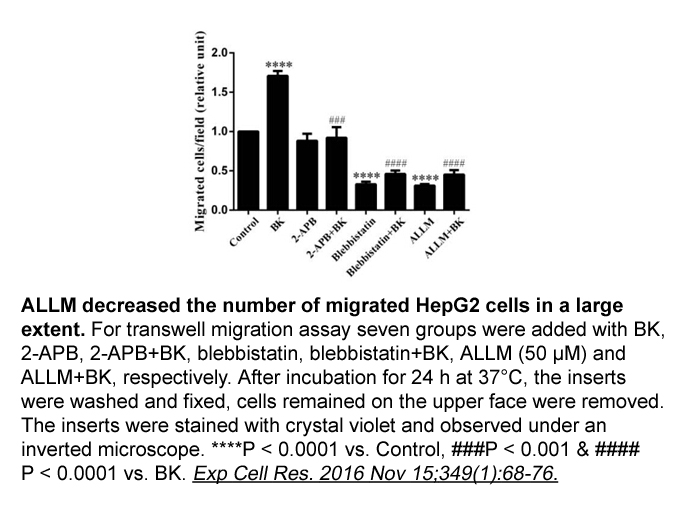
Given the major differences between the molecular regulation of the genes encoding HO-1 (HMOX1) in mice and humans, it is not appropriate to utilize mouse models for mechanistic analyses of human HMOX1[35]. In addition, it has been reported that drugs, such as statins, as well as stressors and the
-
Introduction In the s nitric
2021-11-15
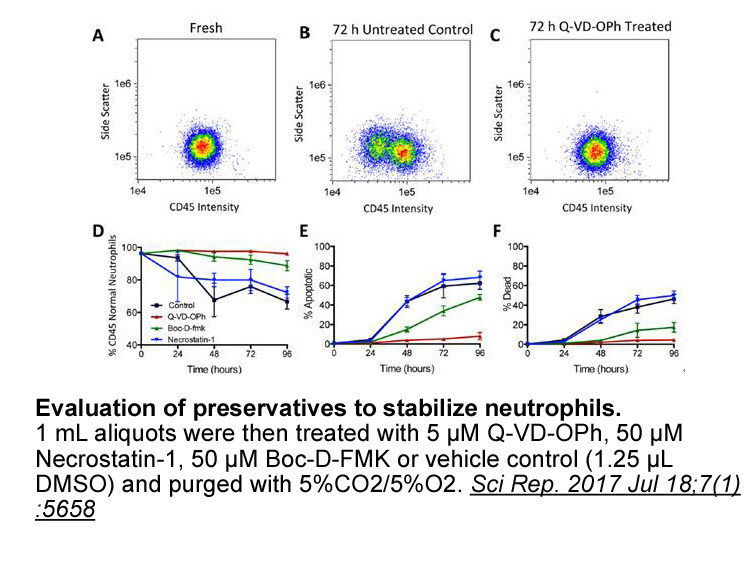
Introduction In the 1980s, nitric oxide (NO) was first characterized as critical to both innate immunity and endogenous signaling in animals [[1], [2], [3], [4], [5]]. NO was the first gaseous signaling molecule synthesized by animals to have its biochemical signaling pathway fully described [2]. P
-
Overnight mg dexamethasone suppression testing DST
2021-11-15
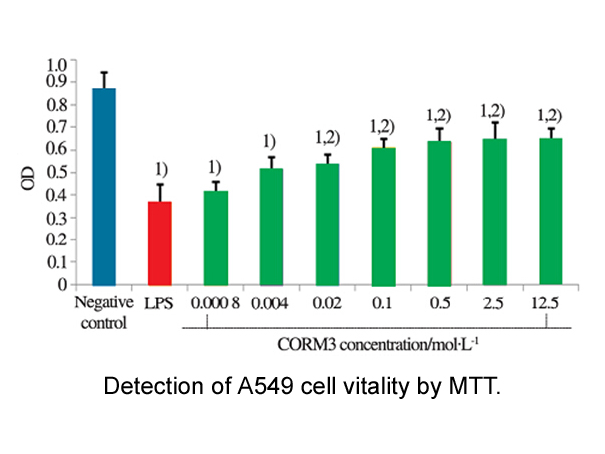
Overnight 1-mg dexamethasone suppression testing (DST) of the BclI polymorphism carriers found them to have lower cortisol levels, suggesting an increased sensitivity to GCs with respect to the transrepression effect of cortisol on the POMC gene of the corticotroph pituitary cells [28]. The exact me
14803 records 533/987 page Previous Next First page 上5页 531532533534535 下5页 Last page